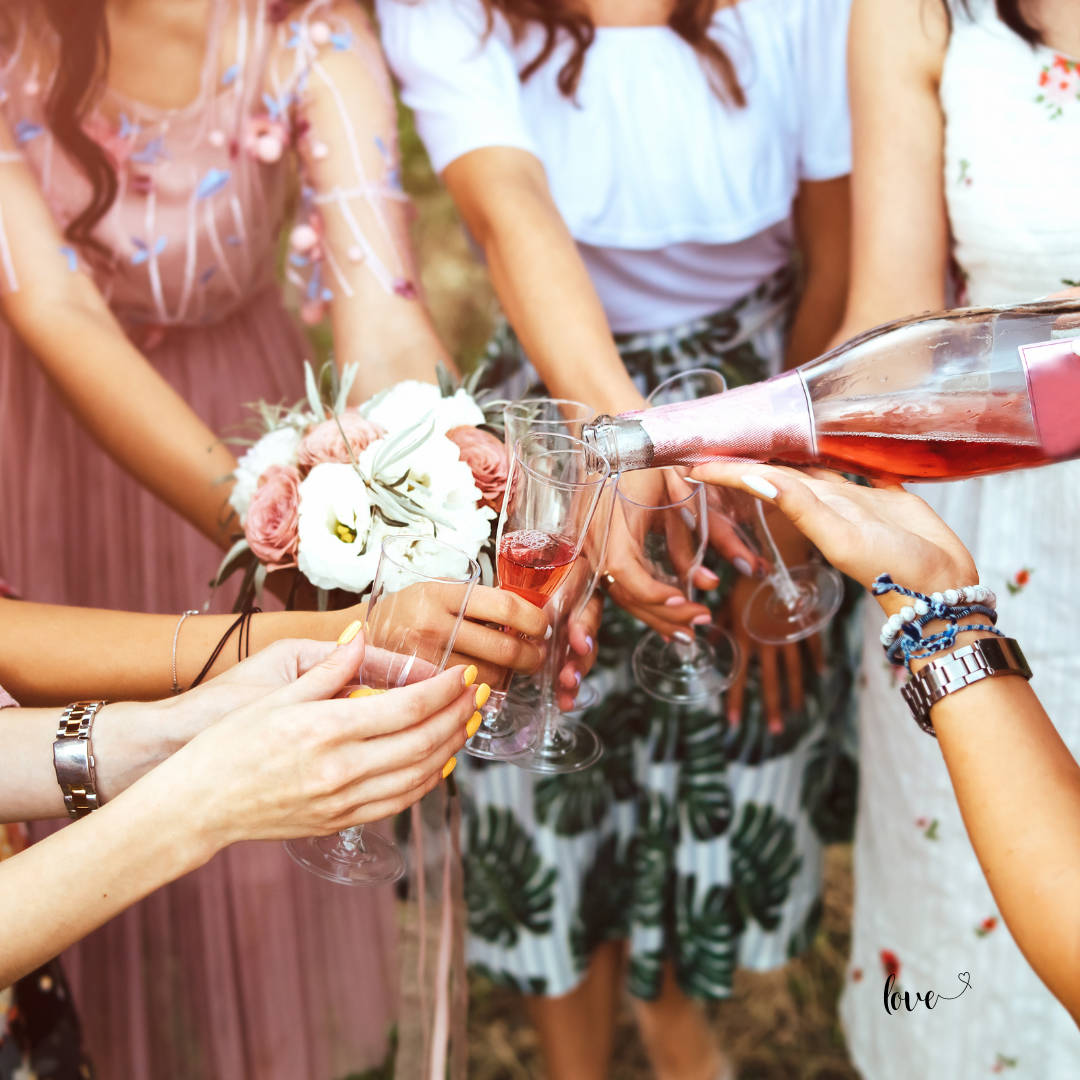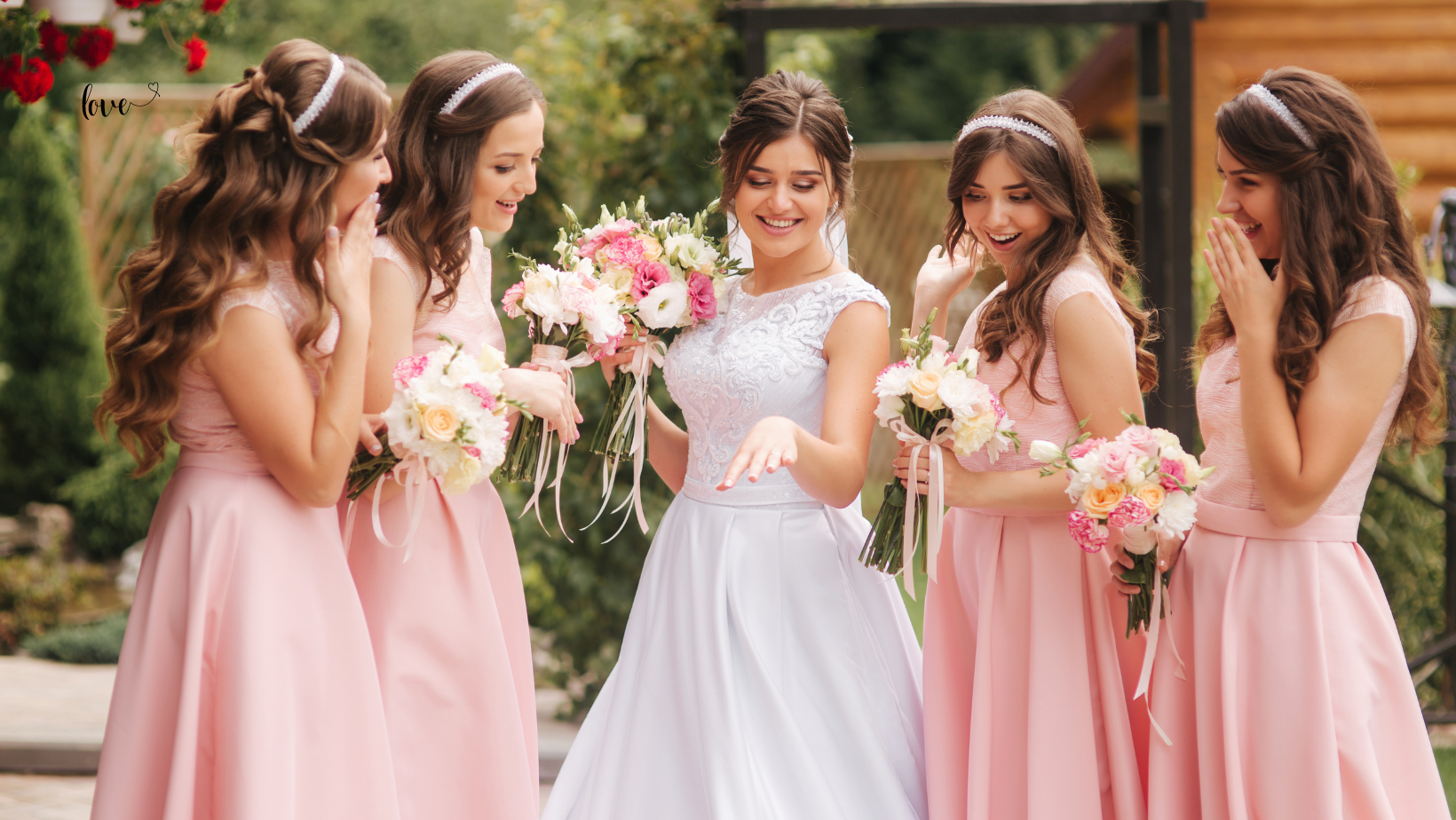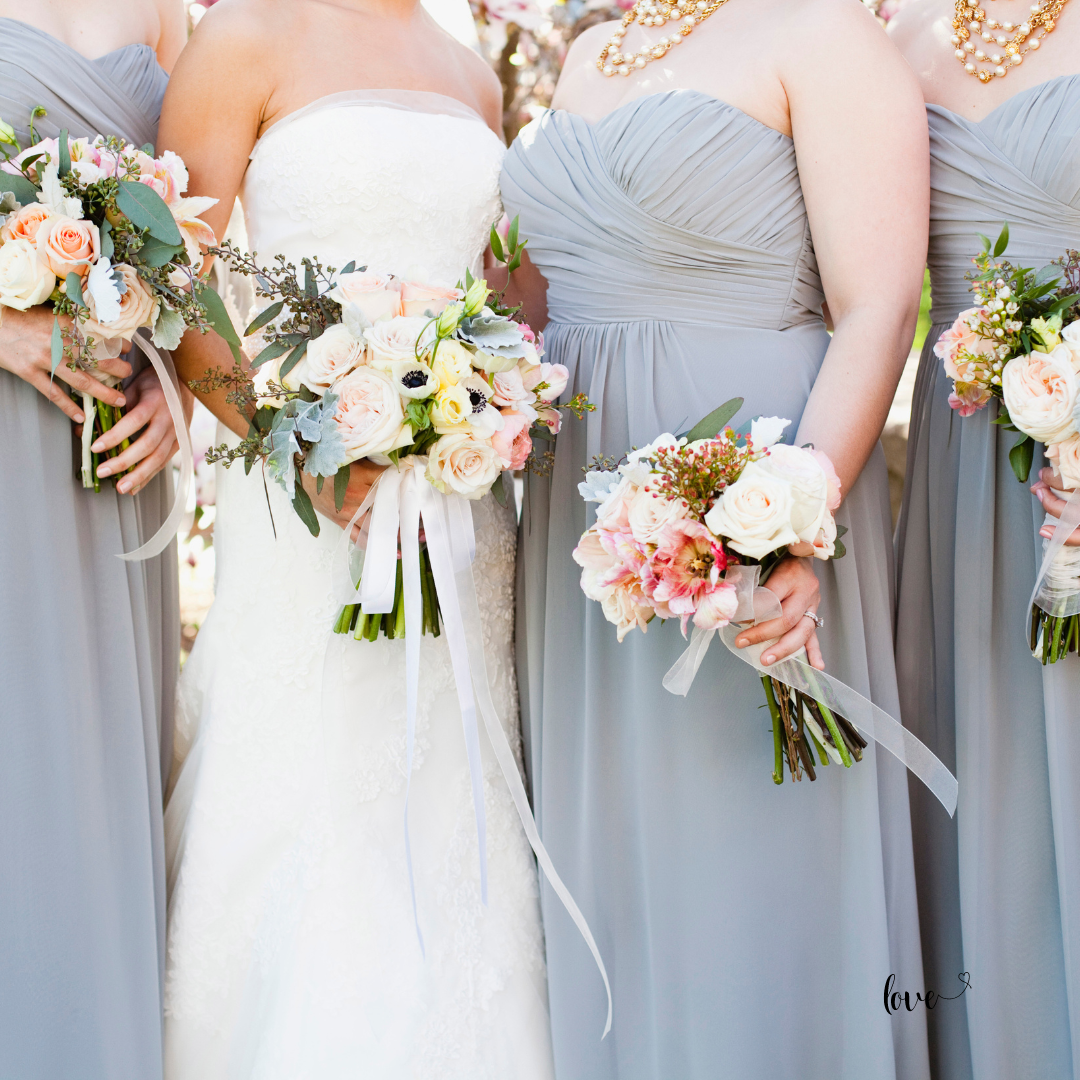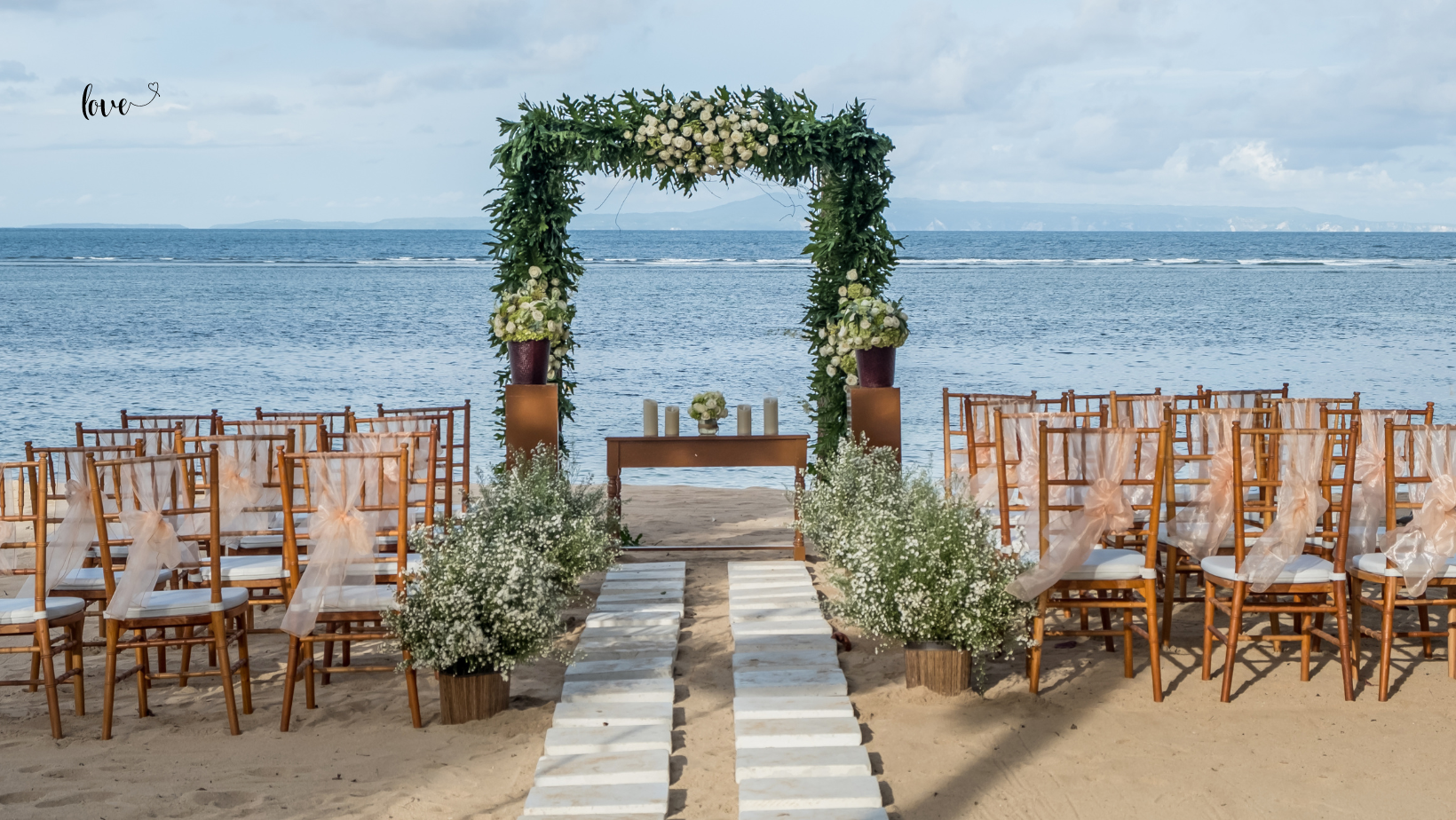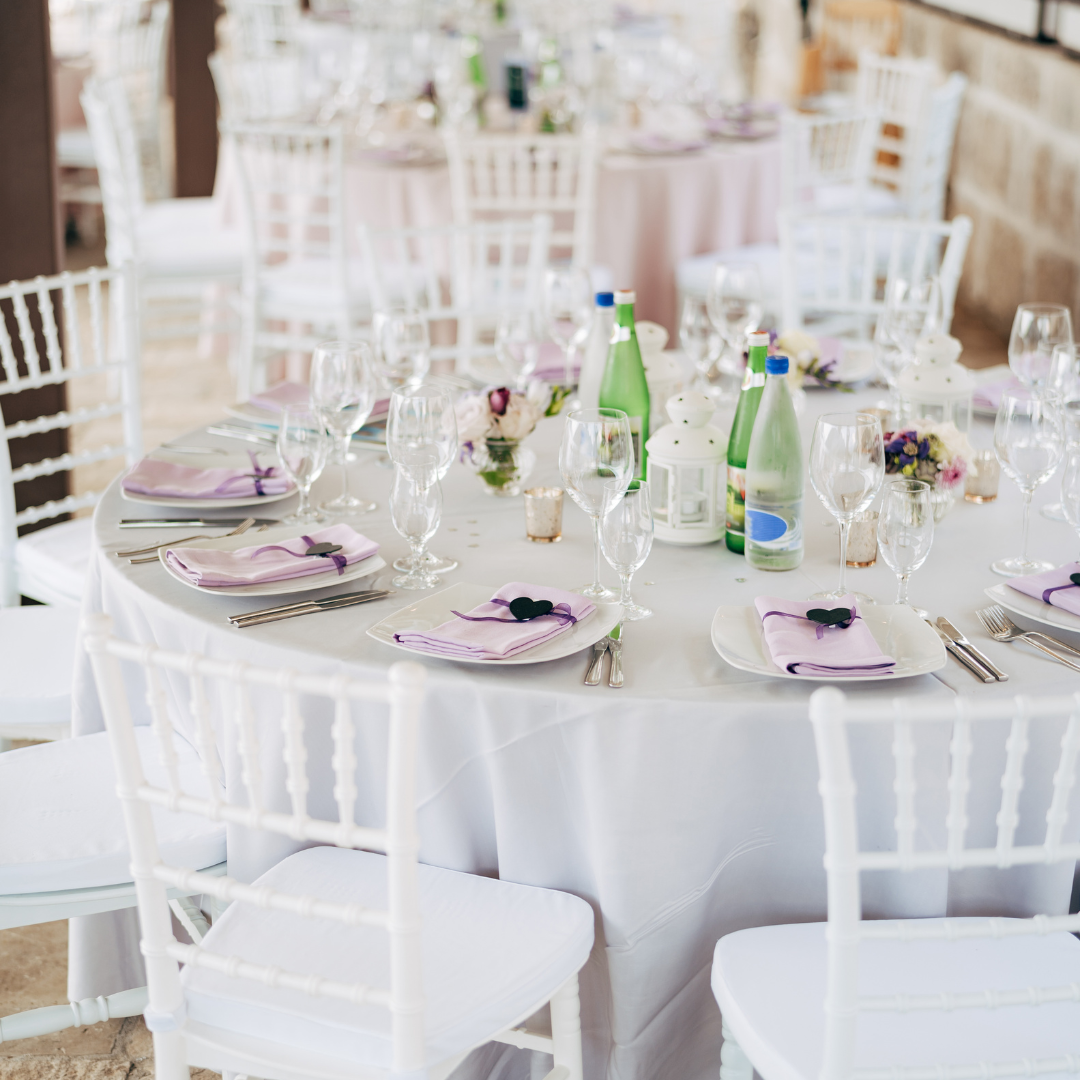Wedding traditions around the world
A wedding is one of the most significant events in a person's life. It is an occasion of love to celebrate and share the joy with your family and friends and the entire community. The important thing about wedding traditions is that these are passed from generation to generation, from people to person and country to country. They are unique despite being repeated over and over again. While some traditions may not be widely used or observed anymore, they still carry a particular significance related to their origin. Wedding traditions are a remarkable way of maintaining a link between people and the past Below you'll find some traditions from various countries around the world.
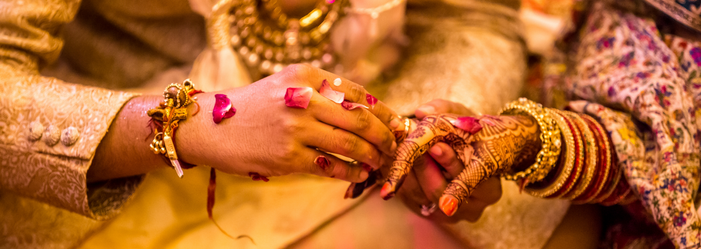
Wedding souvenir tradition - Greece
It is tradition for the bride and groom to wear a crown of flowers throughout the ceremony in Greek weddings. Once it is over. the couple will take off their crowns and place them on a plate. They are then placed in front of an icon of their patron saint, who is believed to watch them during their marriage. In most cases, the crowns are passed down from generation to generation. The couple will then use their crowns for their children's marriages.
A gift from the bride's parents - China
In China and other Asian countries, a gift of money or jewellery from the bride's parents to the newlywed couple is tradition. The amount of cash given depends on how well off the bride's family is. This gift is given in a red envelope called "hongbao," which translates to "red envelope."
The red veil - Armenia
In Armenian culture, a bride wears a veil covering her face during the wedding ceremony. The veil is lifted only after she says "I do" and becomes officially married. Her parents also give her an apple on her way out of their house as they wish her good luck in her new life.
The tossing of wheat - Greece
Throwing rice at a Greek wedding symbolises fertility and prosperity for the newlyweds' future. Ancient Greeks believed that wheat symbolised fertility more than rice, so wheat was often thrown at weddings instead.
The tea ceremony - Japan
In Japan, tea ceremonies are considered an essential part of the wedding and are held at both the bride and groom's homes on the same day. The groom's mother holds a tea ceremony for family members and close friends at her home in the morning, while in the afternoon, the bride's parents hold one for relatives and other guests.
Holding the bride's veil - Poland
There's an exciting tradition in Poland called sciganie wianka. It happens after the bride throws her bouquet and removes her veil. The unmarried women at the reception try to catch the falling veil while dancing. The woman who catches it will be next to get married, or so they say!
Blackening of the bride and groom - Scotland
In some parts of Scotland, couples who are about to get married are pelted with rotten eggs, fish, flour, and feathers in a " blackening " ritual. This tradition is that if you can withstand this torture before your wedding day, you'll have no problem getting through all of life's little challenges together as a married couple.
Seven steps - India
One of the most common wedding traditions in many Indian weddings is for the bride and groom to complete seven steps together. These seven steps symbolize friendship, companionship, love, mutual support. peace and happiness
Love letters to the bride and groom - Mexico
Hispanic culture is all about the sopaipillas at weddings, a type of fried dough that is believed to bring good luck. The night before the wedding, friends and family of the bride and groom write letters full of best wishes and advice. After dinner, they share them by reading them out loud.
Wedding bomboniere - Italy
For their wedding guests, Italians give bomboniere small gifts that contain enough sugar-coated almonds for each guest to have five (in multiples of five because five signifies health, wealth, happiness, fertility, and long life). Each favour comes with a ribbon tied in a bow The number of knots on the bow signifies the number of years until the couple should have kids - one knot equals one year.
